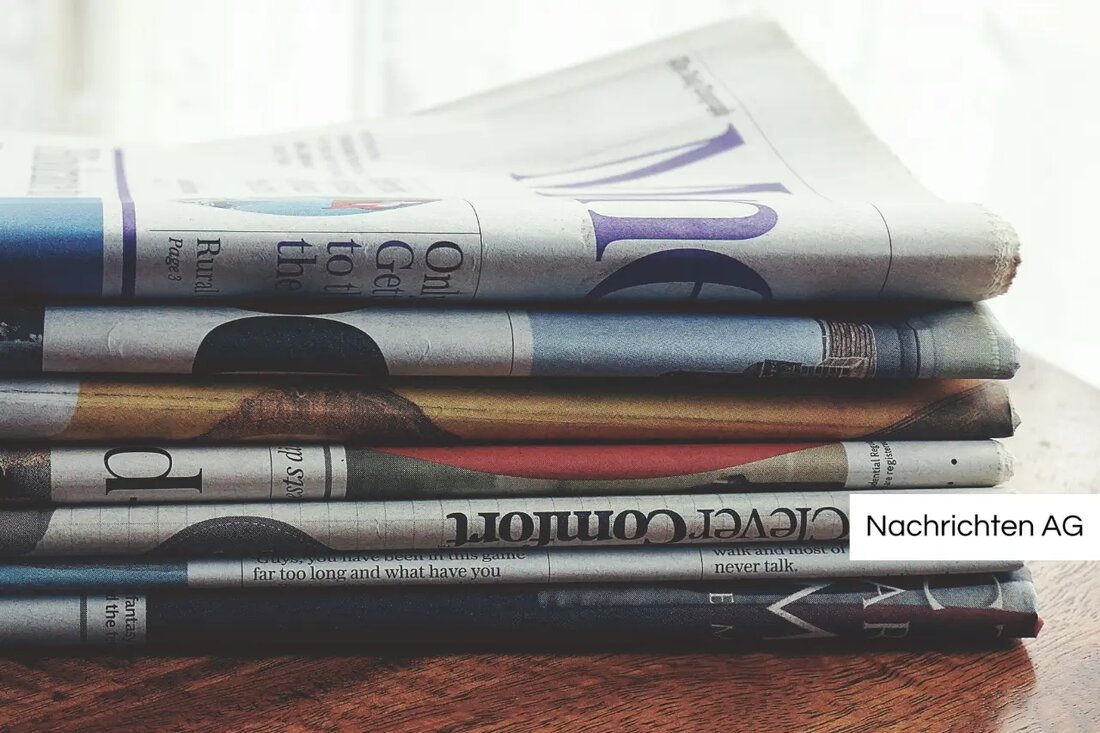Where's the quality? Free newspapers in the change in the media landscape!

Where's the quality? Free newspapers in the change in the media landscape!
The Nibelungen Kurier has been an established voice in Worms and Nibelungenland for around 40 years. This free newspaper is published in print twice a week and also offers a free online service that provides current news from the region every day.
The online edition of the Nibelungen Kurier is advertised. This means that personal data is processed by third-party cookies and tracking technologies by third-party providers in order to play personalized advertising. The readers' usage behavior is passed on to partners from the areas of advertising, analyzes and social media.
The role of free newspapers in the media market
In the global context, free newspapers act as an invigorating force in the newspaper market. According to Sumo Mag , the discussion about the implementation of such formats has become more important in the roof space. Michael Haller and Fritz Hausjell deal with the challenges and opportunities that mean free newspapers for established publishers.
daily newspapers, which are financed by the advertising market, have significantly changed the market conditions. The international competition and the possibilities for advertisers to address their target groups through various media create intensive competition. This means that many established publishers are faced with an endangered market position.
historical overview and current trends
The first gratze newspaper was published in 1882 by Charles Coleman in Lübeck. This idea found imitators worldwide, for example in the "Manly Daily" in Australia or the "Aspen Daily" in the USA. The milestone started the foundation of "Metro" in 1995 in Stockholm as an economically viable concept. In Austria, the market experienced similar developments in the 1990s with the "district sheet".
The distribution of free newspapers is often carried out in local public transport, which commitment as a target group efficiently. This is a decisive factor for the reach and acceptance of these publications. Free newspapers are mainly used by socially weaker groups as a supplement to other media.
In Germany, however, the establishment of Gratstage newspapers was associated with difficulties. The legal framework and market fear of publishers are decisive for the failure of previous attempts. Current trends show that the economic basis of the press is endangered by decline in advertising and circulation. This has a significant impact on the quality of journalism.
On the other hand, the concept of free newspapers could develop as a transition model to hybrid offers that combine both free and paid content. Young readers tend to support less quality journalism, and content is increasingly being spread through digital channels.
In summary, it can be said that the Nibelungen Kurier and similar free publications are not only a local source of information, but are also part of a global trend that has a lasting impact on the media market.| Details | |
|---|---|
| Quellen | |
